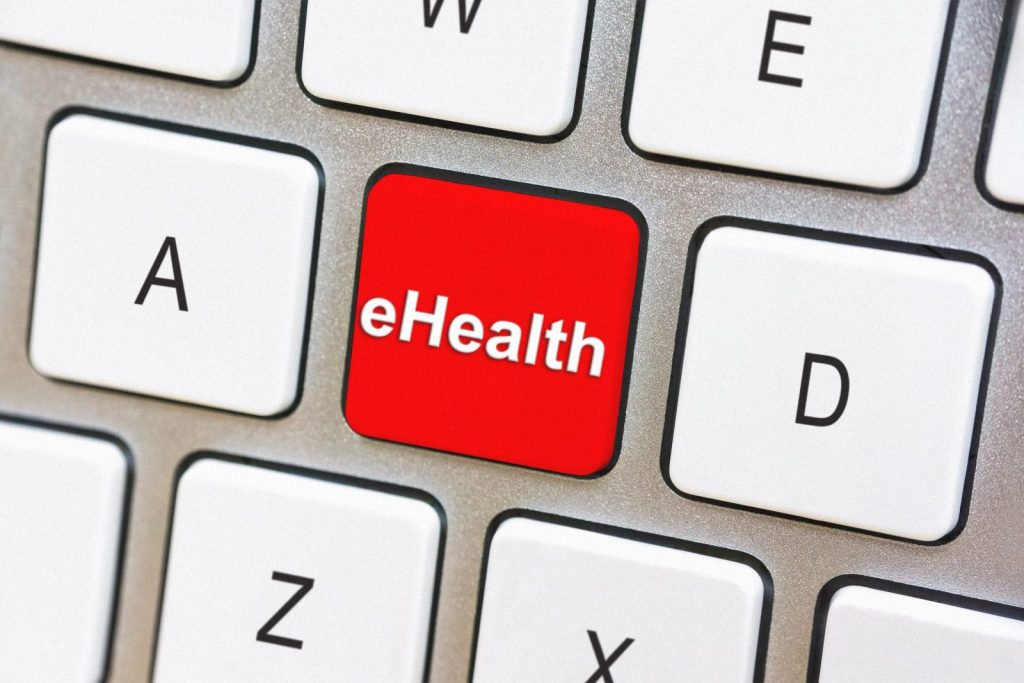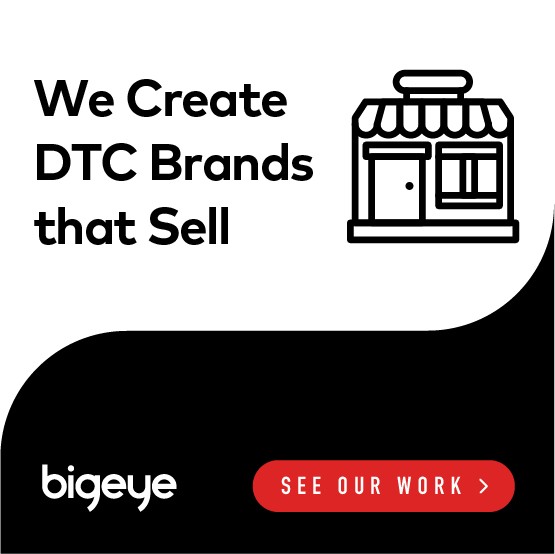
Making predictions is a risky business. In 1994, the Rand Corporation — a famous quasi-governmental think tank long-celebrated for their strategic prognostication — confidently predicted the following:
“During the 21st century, those houses that don’t have a robot in the broom closet could have a live-in ape to do the cleaning and gardening chores. Also, the use of well-trained apes as family chauffeurs might decrease the number of automobile accidents.”
While selectively breeding an army of highly intelligent ape butlers and chauffeurs might seem ridiculous to those of us living in 2019, it probably seemed semi-plausible then — and that’s the risk that comes with forecasting. However, when you’re right, the payoff can be immense. If you can predict what’s next, you can position yourself (or your organization) to profit from this shift before it occurs.
That brings us to the subject of this piece: “Connecting the Dots: Consumer Trends That Will Shape 2020.”
What We’ve Learned By Connecting the Dots
Recently released to the public, “Connecting the Dots” is a research and forecasting document compiled by GlobalWebIndex. The report, which is produced annually, offers a valuable window into technology, society and marketing.
For pure prognostication, GlobalWebIndex has a reasonably strong record. In last year’s report, it was predicted that e-sports would finally enter the mainstream. 2019 subsequently saw 50% year-over-year growth in e-sports, the Fortnite World Cup and top e-sports stars appearing on famous late night talk shows. Last year’s report also perceptively noted the continuing trend of social media becoming less social and more utilitarian, as platforms such as Instagram and Facebook become closer to one-stop-shops for consumer needs.
So what does the latest version of the report predict for the upcoming year? Let’s take a closer look at a few of the most relevant predictions offered in the report.
The Emergence of Online, On-Demand Healthcare
Wouldn’t it be wonderful if booking a physician’s appointment was as simple as booking a ride with Uber? That’s the future we’re hurtling toward, as AI and telehealth begin to augment — and in some cases replace — conventional primary care.
Today’s AI-powered health offerings are a far cry from the limited telehealth patient sessions of a few years ago. Healthcare operators are also taking things a step further by combining telehealth services with mobile clinics and pop ups. By marrying the two approaches, providers can offer the same suite of services found in any brick and mortar doctor’s office, yet in a far more accessible way.
The public interest is certainly there. According to “Connecting the Dots”:
“Our global research reveals 36% of consumers are using the internet to research health issues and healthcare products, jumping up to 42% for users aged 55-64, where a focus on health becomes even more crucial.”
The study also found that:
- 75% of consumers use the Internet to research which medications to purchase
- Half of consumers say that video physician consults will help them manage their health more effectively
- 70% are willing to make their health data accessible via smartphone
In a world that’s conditioned to expect on-demand services — and where access to healthcare remains an intractable problem — this is one projection that seems almost certain to be realized.
Privacy and Cashless Societies
In some ways, privacy has become almost a quaint notion in the digital era. We trail streams of data as we navigate our phones and the web — much the same way that city buses trail exhaust fumes. Every follow, like or page visit is duly recorded and used to optimize our marketing and ad profiles.
This hyper-transparency has been largely shielded from two key areas, however: Medical records and financial data. Both areas are regulated to varying degrees. Yet our daily financial transactions could soon be subject to the same level of transparency as our daily web browsing.
That’s because digital currencies are on the rise. Bitcoin, Facebook’s Project Libra and efforts by China to develop a national digital currency all differ in some key regards. Yet they all share one characteristic: Anyone using these coins/tokens will have their transactions recorded on a public and immutable ledger. That’s the nature of blockchain technology.
While there are so-called privacy coins that obscure transaction history, these offerings are not likely to see the wide consumer adoption associated with a Facebook cryptocurrency or a state-sponsored digital asset.
For those invested in privacy, things aren’t completely dire. The European Union has introduced the world’s strongest digital privacy protections — laws that give consumers much more control over how their data is harvested and used. Yet in a world that is quickly going cashless, maintaining financial privacy may soon become a much more difficult challenge.
A Mediated Existence
Just how mediated through technology have our daily lives become? Consider this: The average person, globally, spends almost seven hours per day online. As companies and industries pursue greater degrees of digitalization, it is only a matter of time before seven hours seem like an exercise in restraint.
Given how much of our lives are now lived online, is it truly possible to detach? Have we lost the ability to prioritize the human touch without sacrificing convenience?
According to “Connecting the Dots,” many people now fear the answer is a resounding “no.” The number of people who report that technology complicates their lives, or who report being constantly connected online, continues to rise each year.
These concerns are shared by the people who seemingly know best: Silicon Valley CEOs and developers. Over the last year, we’ve seen repeated articles in the press about “dopamine fasts” and “technology detoxes.” Many tech leaders have mentioned that they strictly regulate screen time for their own children.
The scale and rapidity of the “tech takeover” of modern society is astonishing, if you take a moment to place it in context. A generation ago, personal computers cost thousands of dollars, had limited utility and were not owned by most households. Tech, in general, was not a lifestyle, except for hard core enthusiasts.
While increasing computing power and the birth of the Internet ignited the consumer tech takeover, it wasn’t until little more than a decade ago — with the development of social media and the smartphone — that we truly began to live mediated existences. In fact, we’ve hurdled headlong into a radical societal shift, in a very brief period of time, without any real idea about the consequences.
Politicians have become aware of this anti-tech sentiment. Several US senators have urged social media platforms to take steps to make their products less compulsively engaging, claiming that the current paradigm is bad for the mental health of heavy users.
“Connecting the Dots” makes the case that while the tech takeover may be in full flight, human concern about (and opposition to) our new reality will only get stronger.
About Bigeye
Bigeye is a leading creative agency based in Orlando, Florida. We help clients create marketing campaigns that are driven by exceptional creative work, domain expertise and sophisticated technological tools. For more inspired reading, visit our Insights page.



